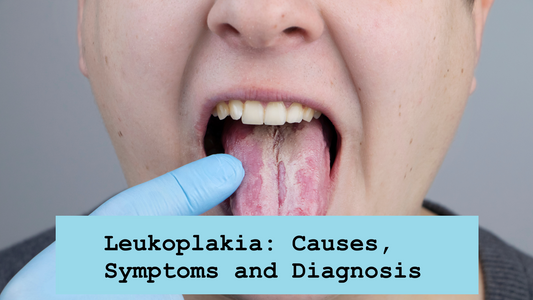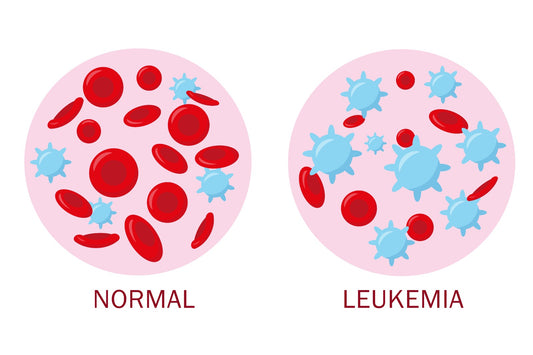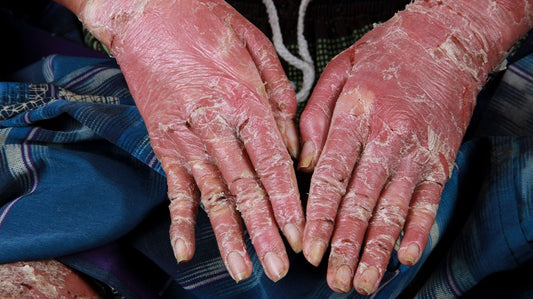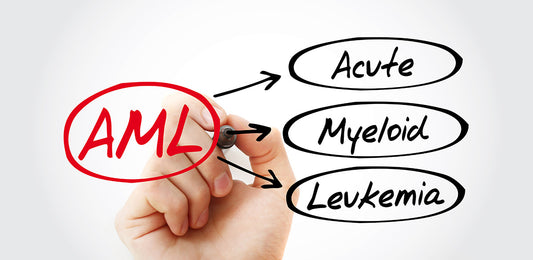featured Lichen sclerosus
On by ZimSeller Pharmacy 0 comments
Lichen planus
On by ZimSeller Pharmacy 0 comments
Leukoplakia
On by ZimSeller Pharmacy 0 comments
Leukaemia (chronic myeloid)
On by ZimSeller Pharmacy 0 comments
Leukaemia (chronic lymphocytic)
On by ZimSeller Pharmacy 0 comments
Leukaemia (acute myeloid)
On by ZimSeller Pharmacy 0 comments
Leukaemia (acute lymphoblastic)
On by ZimSeller Pharmacy 0 comments





















